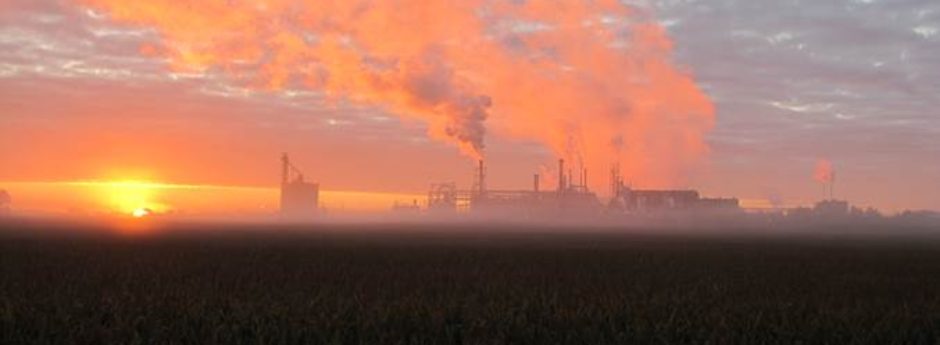“The Dogma of Otherness is a worldview that actually encourages an appetite for newness. A hunger for diversity. An eagerness for change. Tolerance, naturally, plays a major role in the legends spread by this culture. (Look at the underlying message contained in most episodes of situation comedies!) A second pervasive thread, seen in the vast majority of our films and novels, is suspicion of authority…”
To recap: I’ve been attempting to look at Western civilization in general, and American culture in particular, in the light of David Brin’s concept of the Dogma of Otherness. In the second of this series I looked at MAD magazine as an example of how our culture indoctrinates its youth into the rebellion-as-conformity mindset.
Now I’d like to mention another significant indoctrination agent; Rocket J. Squirrel and his accomplice Bullwinkle Moose.
Rocky and Bullwinkle debuted in 1959, ran for a few years under two different formats and made a brief comeback in a movie released in 2000. Keeping a low profile, they ran in syndication – everywhere. For years.
Rocky and Bullwinkle live in Frostbite Falls, Minnesota, which is somewhere near Veronica Lake. Though it is known that Bullwinkle isn’t exactly the sharpest tool in the shed, he did briefly play football for Wassamatta University (Wassamata U). Rocky’s origins are not known, nor is anything about their history as pals and room mates.
Bullwinkle has some connection to the island of Moosylvania, a territory in dispute between the US and Canada. (Neither one wants it.)
Though maintaining cover as slightly eccentric citizens of a very rural town in the American midwest, the plucky pals are constantly targeted for assassination by Boris “Moose and Sqvurrel must die” Badenov and Natasha Fatale*, agents of the hostile power of Pottsylvania under orders from Fearless Leader (dressed in jodhpurs, vaguely Nazi-looking uniform, with monocle and Heidleberg scar) and the sinister Mister Big (who stood about knee-high).
OK now let’s freeze-frame and remind ourselves that this was 1959 and the height of the Cold War. Communist-looking villains were portrayed not as sinister and dangerous – but as buffoons.
And how did the beloved institutions of America come off? Well, in one story arc Boris and Natasha are travelling around the country with a secret weapon of awsome power, the Goof Gas Gun. One spray of goof gas, and the victim is reduced to the mentality of a not-too-bright kindergartener. The tension builds as the best minds in science and industry are reduced to the level of children.
Then in a cliff-hanger ending to one episode, Boris says it time to head for Washington!
They creep into the gallery of Congress. Boris looks for a while at the goings-on below, then puts the gun away and says, “OK Natasha. Let’s go.”
“Boris, you not going to spray them with Goof Gas?” she asks astonished. “Natasha, what they make down there, that IS goof gas!”
On another occassion, the plucky pair and their friend, Captain Horatio “Wrong Way” Peachbuzz are in an airplane spiraling into the earth after the engines fail. Thinking quickly, Rocky hooks up a speaking tube to the engines and has Bullwinkle read into it – from the Congressional Record. The blast of hot air propells the plane through the sky at lightning speed!
And of course, by now you’ve noticed that this account contains a couple of puns and several alliterations. They did that all the time. Each cliffhanger ending had a “Don’t miss our next exciting episode…” and an episode title that usually contained not one, but two puns. Another feature, Aesop and Son, always ended with a punning allusion to a well-know proverb, so each episode was an extended shaggy dog story.**
Other features included: Fractured Fairy Tales, parodies of the Fairy Story genre; Peabody’s Improbable History, a genius dog and his boy travel through time and meet historical figures; and Dudly Do-Right of the Mounties, a parody of the movie serial genre complete with tinny piano background music.
The animation was crude, even by the standards set by the matte-background technique pioneered by Hanna-Barbera. It was actually farmed out to Mexico, maquiladora cartooning! But somehow, it fit and it’s hard to imagine it any differently.
Rocky and Bullwinkle has been called “the first kids cartoon that the adults snuck into the room to see.” It’s also been said that the kids loved the cartoon stories while adults loved the word play and satire – but this misses the point. Kids love word play, all children start to play with language soon after they begin to acquire it. And it’s not only the adults who appreciated the satire. The kids were absorbing a totally irreverent view of a world in which there are no sacred cows.
In future posts I’m going to explore this theme further with more examples. For homework, watch a couple of episodes of Jimmy Neutron and/or Sponge Bob Square Pants with this in mind.
Note: I bought a set of Rocky and Bullwinkle videotapes at a sale to introduce to my son – and his mother, she didn’t grow up with them. My son fell in love with the story of the Pottsylvania Creeper and I can’t get him to watch any of the others.
* Full disclosure, I always thought Natasha was kind of hot when I was a kid. Evidently others thought the same, since they chose Rene Russo to play her in the movie.
** I have done a fair amount of work in linguistic humor: puns, play on words, spoonerisms etc, and will have more to say about it in a future post.
A collection of Steve Browne’s essays and newspaper columns, “The View from Flyover Country: A Rural Columnist Looks at Life in the 21st Century” is available on Amazon Kindle.

5 Responses to American national character: Rocky and Bullwinkle